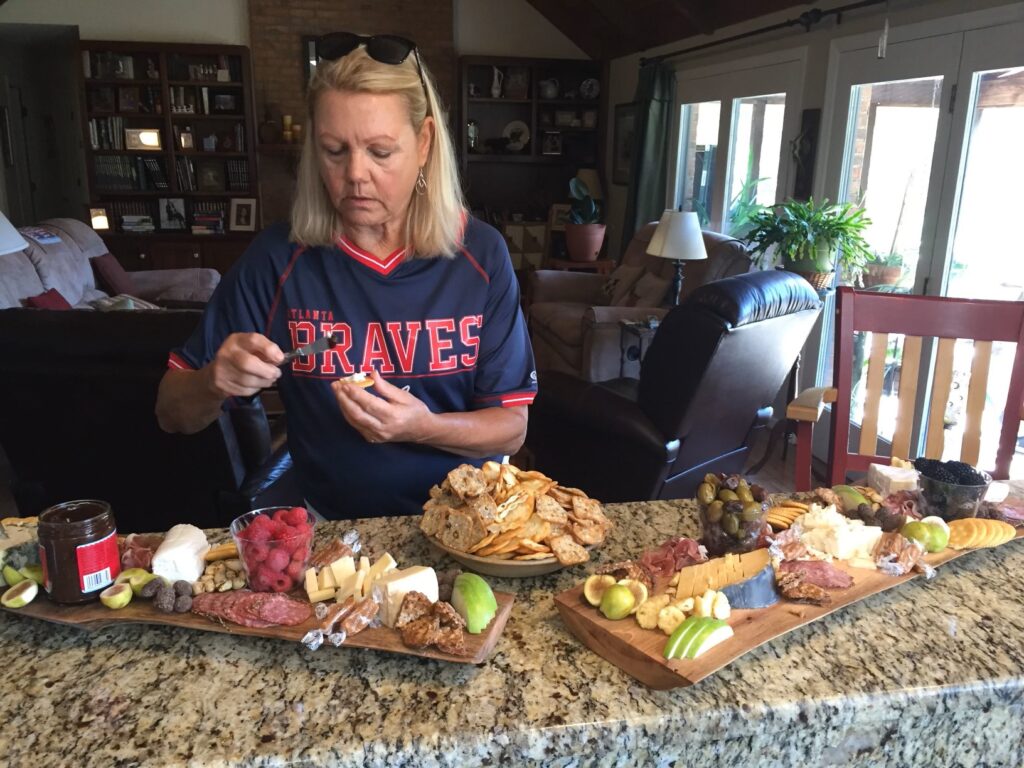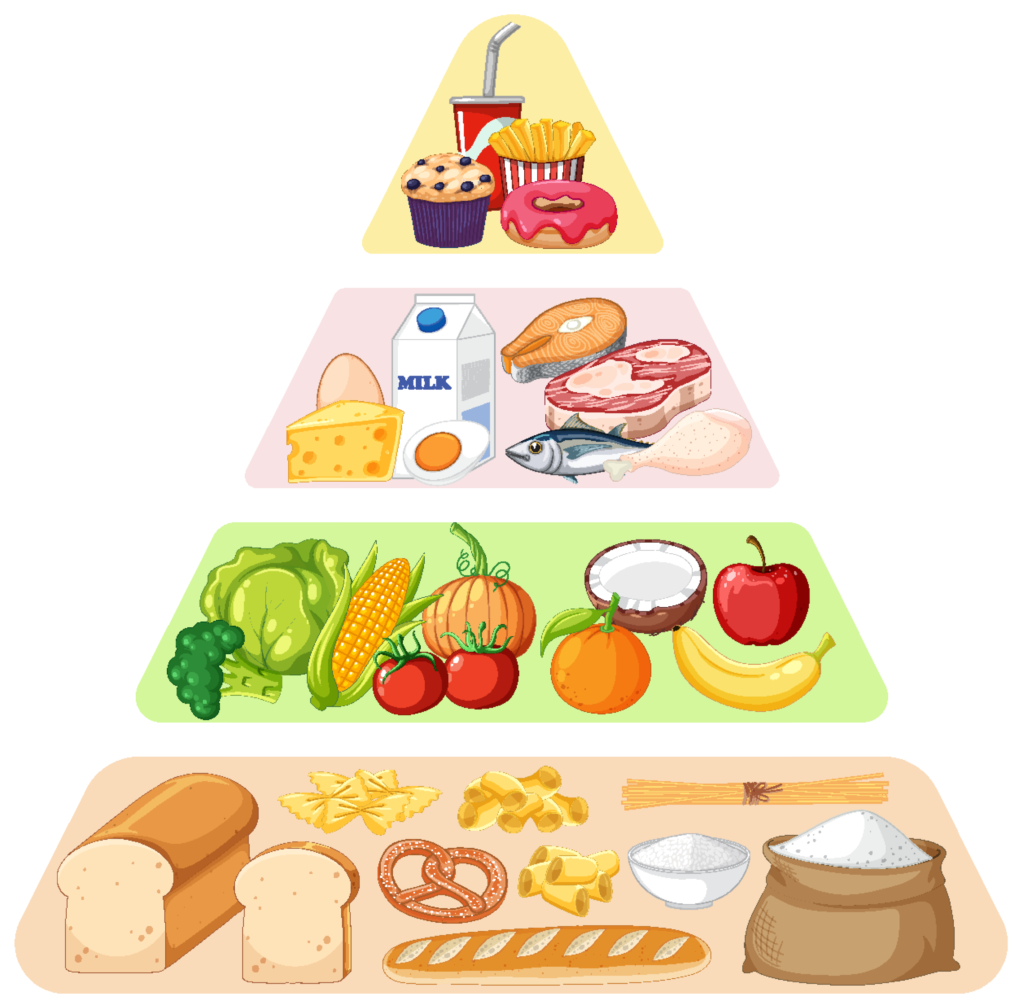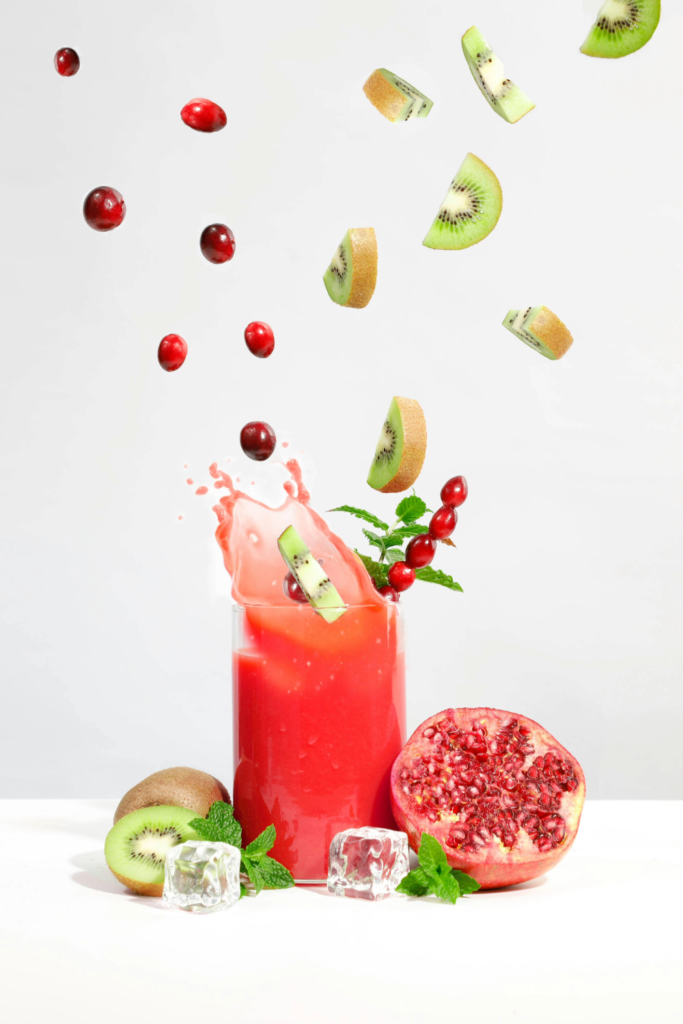Special patient diet types can be overwhelming for an overloaded caregiver. Here are some great ways to simplify the most common patient diet types and incorporate them into your family’s meal plan.
Nutrition is an essential part of life. Our diet often reflects our culture, our heritage, and lifestyle. That being said, change can be a little intimidating.

Personally, I love nutrition and its challenges! But let’s simplify things by looking at the key points in the most common patient diet types and what modifications you can make to what you already do on a daily basis to meet these requirements.
This post is about how to cope with different patient diet types, and how to incorporate them into your family meals.
Regular Diet
That sounds nice, right? Think of the food pyramid, a good old balanced diet. Not a lot of changes have to be made here. Key points to consider are everything is good in moderation, follow doctor recommendations on total calorie intake, serve more of the stuff on the bottom of the pyramid and less of the stuff at the top. This is pretty easy to follow because it is the general concept most families live by.

High Fiber Diet
High fiber diets are usually incorporated in diets for patients with bowel issues. We often think just of constipation, but fiber regulates the bowel. It absorbs water into your gut to make hard stool soft (helps constipation). In cases of diarrhea, it pulls water within the gut and makes stool bulkier. So, fiber helps normalize the stool in both cases of constipation and diarrhea.
High fiber is a pretty neat thing really. BUT you’re thinking bran flakes, Metamucil, and card board right?
Hang in there, we have some other ideas. Choose brown rice vs white rice. Brown rice has a nutty flavor and is more filling than white rice. Try cooking it with bouillon to enhance the flavor. Just check the directions it takes more water and a little more time. Rice cookers or instant pots make a huge difference for me (I would have no clue how to cook rice on the stove) but in both the rice cooker and the instant pot you put the proper amount of water, rice and bouillon, and hit the button. The rice cooker or instant pot tells you when it’s ready. Fluff it with a fork and serve.
Whole grain anything and everything!!! Bread, oatmeal, cream of wheat, malt-o-meal (avoid grits) are all great options. Also try banana bread, zucchini bread, pumpkin bread, and pumpkin PIE!!! Whole fruits and veggies are all great options to increase fiber. In general, we can pack a lot of fiber in by avoiding the white stuff (white bread, white potato, corn, white rice, pasta, super processed cereal) and replace it with dark stuff (whole wheat bread, sweet potato, other grains, brown rice, whole wheat pasta, raisin bran, granola, etc.)
Low Residue Diet
On the other hand, a low residue diet, the opposite of a high fiber diet, is often recommended for patients with inflammatory bowel issues, infectious colitis, acute diverticulitis, bowel surgery or colonoscopy prep. This is a low fiber diet so eat the white stuff, regular pasta, white rice, potatoes, fruit and vegetable juices, cooked veggies (avoid the stalks and fibrous parts), and peeled fruits.

Low Carbohydrate Diet
I’m not going to suggest you or the loved one you care for never eat sugar ever, ever again. But learning how to pair foods to keep your blood sugar as level as possible can have a really positive impact. Often this diet is prescribed for patients that are obese, prediabetic, or diabetic.
I want to stress that anyone insulin dependent needs to communicate closely with their doctor anytime diet changes are made. Diet consistency, whatever the diet is, is very important for insulin dependent diabetics so that insulin can be adjusted to compensate accordingly.
For prediabetics and noninsulin dependent diabetics a low carb or low glycemic index diet is really beneficial because the body doesn’t have to work so hard to deal with overloads of sugar. Protein, fiber and fat all slow down the breakdown of sugar in the body. So paring carbohydrates (the white stuff, sugar, pasta, rice, potato, white bread, etc.) with good sources of protein, healthy fats, and fiber will help slow down the rise and fall of blood sugar level and give the body time to compensate.
When providing food for these patients just never offer the carbs alone. Apples with peanut butter meets all the criteria and can be a nice snack or dessert substitute. Also, Bryer’s low carb ice cream is better than you might think.

Low Sodium Diet
Bum, bum, bum…. I know salt makes it better, right? I’m from the southern United States and they salt everything around here. But believe it or not my mother never salted anything, and she is a great cook and people never ask you to pass the salt on her cooking. Her secret… every other spice and herb in the cabinet gets used and most of them have so many extra health benefits.
Often low salt diets relate to heart conditions, high blood pressure, kidney issues or swelling in the body. Our body does need salt to survive so we don’t have to go overboard here. Just check labels. And the easiest tip is avoiding canned food all together. Fresh fruit and vegetables are ideal, but don’t forget frozen. You can pop a frozen steamable bag in the microwave (Great Value brand about $1) and have veg on the table in 5 minutes…. it’s great.
These diet changes can even be fun! I look forward to writing future post on these topics in more detail and helping out with recipes and meal plans.
